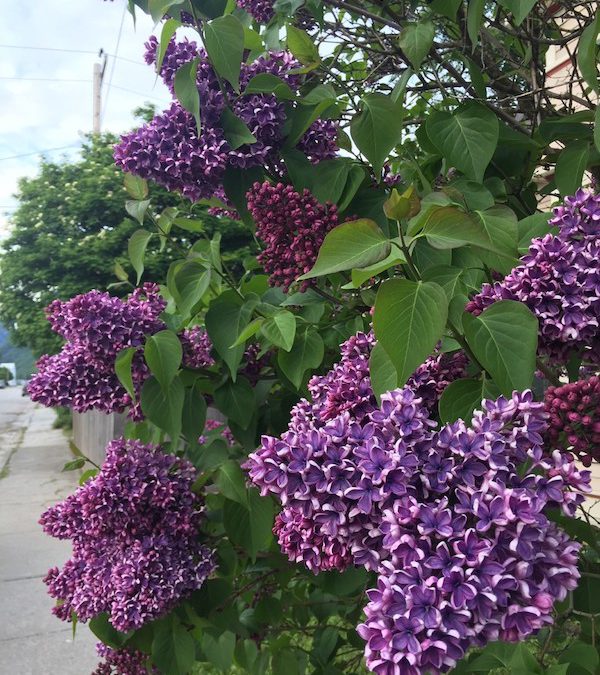Library Work and the Signs of Southeast Alaskan Summer: A Final Entry from KLGO
Written by: Morgan W. Valenzuela
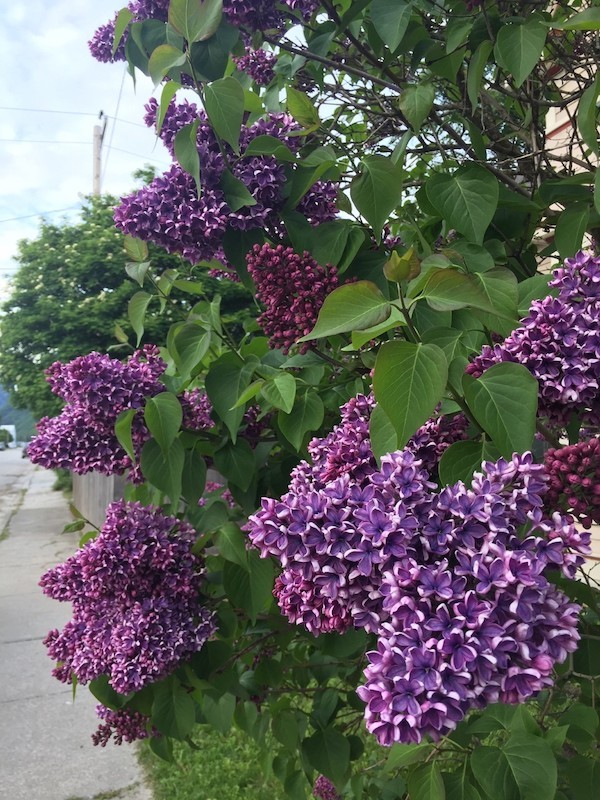
When I began a draft of this, my final post on this blog, the lilacs were in bloom. Skagway, Alaska, home to the Klondike Gold Rush National Historical Park loves a lilac bush. Every street or alley way has at least one and during the late days of spring into early summer, the whole town is treated to their sweet smell. Spring seems to arrive late in Skagway, at least compared to the Lower 48, but once it comes it makes up for lost time quickly. The mountainsides become vibrantly, violently green as new growth bursts forth, the sun illuminates the sky for the better part of the day as solstice nears, and blossoms in all the colors of the rainbow begin to bloom.
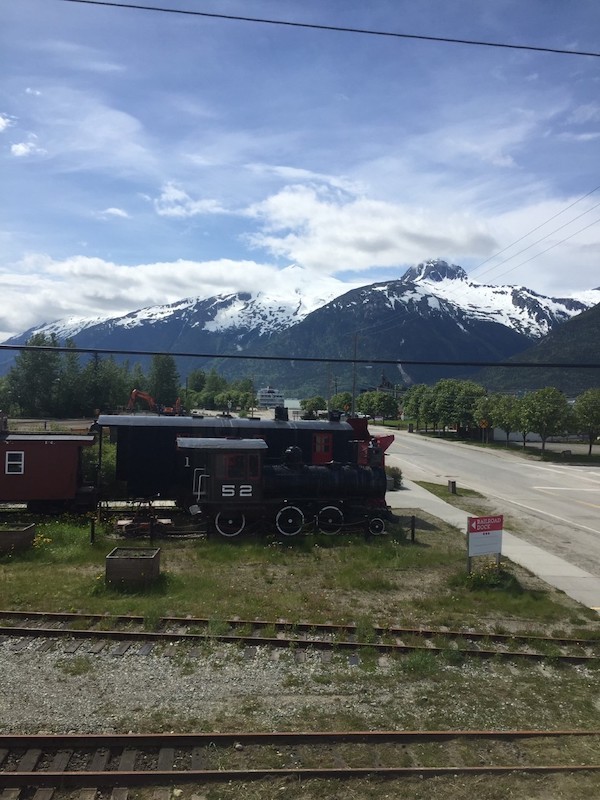
I watched all of this seasonal shift from my office in the library and on my way to work through the lilac-scented streets of the Historic District. May was devoted to museum work, but as those projects came to a close and June began, I was able to concentrate on the library again, cataloging in particular. I completed a review of CAT1 and CAT2 on my own, then another with my supervisor, KLGO’s Curator. We sat together on a particularly warm day in the library office and successfully created a copy record for a new addition to KLGO’s library.
As the weather warmed each day, with only a handful of cool and rainy stretches, I continued cataloging on my own and have created an Excel sheet where I record the new item’s title, author, and new Local Call Number. The items I am working with are being pulled from a library cart in my office; many of these items are new acquisitions. I have needed to use some of the CAT2 training and, after an email from the Metadata Coordinator at the NPS Library Information Management Program, Lia Vella, I also took a look at CAT3 to better understand the anatomy of a Call Number.
Cataloging continues to be an enjoyable challenge. Some of the items I’ve attempted to catalog have no entry in NPS Libris at all and turn up no results for a Library of Congress Call Number when I complete a Cross Library Search. Still, the process of cataloging – which varies from item to item – is becoming clearer to me every time I successfully catalog an item.
This work got me thinking about additional recommendations for KLGO’s library. I took an afternoon reading through the Library Management group on the Common Learning Portal. I recalled seeing a few discussions in the past month about SOPs and Scope of Collections documents, both of which KLGO lacks, but would find immensely helpful. I saved a selection of the documents shared by users at different parks and I hope that these will serve as helpful references for the future development of such documents at KLGO.
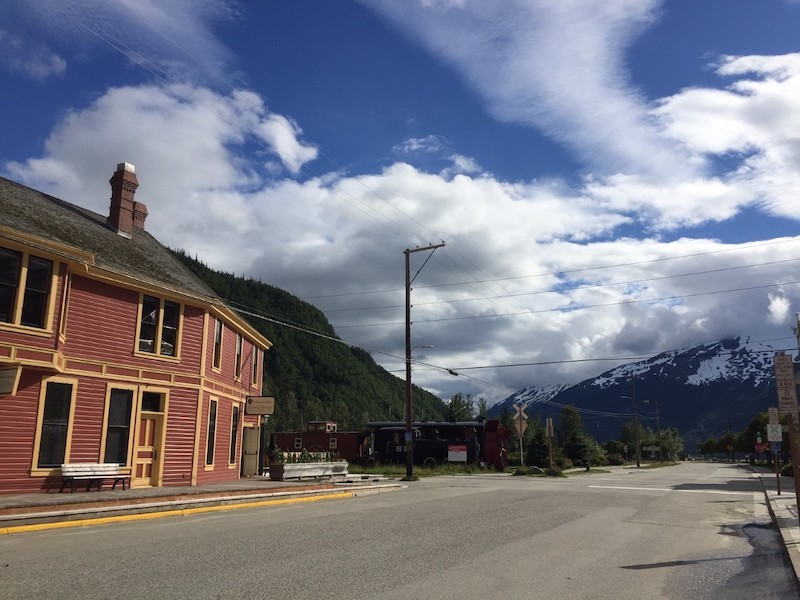
Summer days in Skagway seem to stretch forever, stretch with the sun across the sky. When Solstice rolled around and we were treated to nearly 19 hours of sunlight and a midnight sky illuminated by a full moon, it felt like life, as it existed at that exact moment, would never end. The town and the Park feel full, like that moon, new faces on staff have become familiar and we run into each other during solstice celebrations in the park at the end of town. Resources Division Meetings have been held in person twice, all of us sat spaced apart in the Visitor Center’s theatre. I’ve gathered around a bonfire with coworkers, now friends, and I’ve celebrated both Solstice and Pride with these folks at the town’s outdoor stage. It’s a far cry from a normal summer, full of hustle and bustle on the streets and the potlucks after meetings indoors this park is famous for, but it’s wonderful all the same.
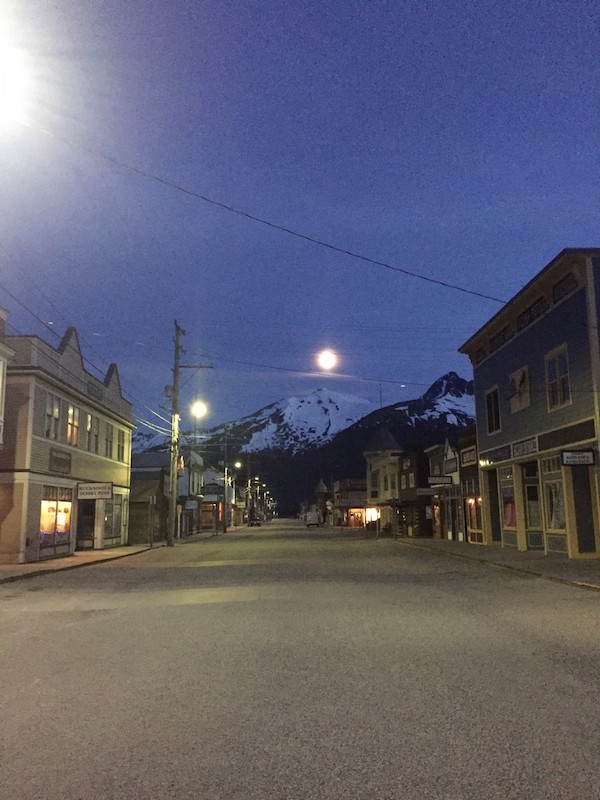
Now that Solstice has come and gone, we are actually losing daylight, minute by minute, though the light peeking through the windows’ edge at 2am begs to differ. Summer is coming to a close, if slowly. As my term has approached its close, I spent last month going over the documents I will leave at KLGO regarding the library inventory. The Excel sheet that records the results of the inventory has been reformatted for easy searching and for clarity. I’ve created Word documents which detail items I’ve come to casually call “Problem Books.” These items have issues with their call numbers, labels, both, or present other discrepancies. These issues will need to be resolved by someone much more knowledgeable in library sciences than myself.
My goal is to make it as easy as possible for whoever comes into this work next. I hope that my End of Project Report, the excel sheet recording the results of the 2021 inventory, and the supplemental documents on the “Problem Books” will help them better understand the state of the library, the work I was able to complete, the work I was only able to begin, and my ideas as to what areas need attention next.
This past month, future seems to stretch out before me, wide open like the Taiya Inlet. The weather during the last month has improved steadily. The Tongass National Forest is a temperate rainforest, so I have come to expect rain, yet I selfishly savor the sun every chance I get (though I’m sure the trees want more rain). As the weather reminds me that there are only so many days in this place, at this position, I have taken some time to concentrate on career development. To take advantage of my last month with access to DOI Talent, I’ve begun and completed a DOI Talent Learning Plan. The courses I’ve finished include Basic Navigation in ICMS, ICMS: Basic Data Entry for Archives, Completing the DOI Museum Checklist, Part 1 and Part 2, and DOI Talent: Protection 101: Safeguarding DOI Museum Collections. ACE has been a huge help as well – as a CRDIP intern, I attended a webinar on Federal Resumes which was incredibly beneficial.
This past period of my term has involved a sizable amount of writing. Beyond this blog, I’ve also drafted a piece that may be submitted to a Museum Management Program newsletter, either at the National or Regional level. At the suggestion of my Division Manager, I wrote out a guide to a folder on the shared drive; this folder contains all of the items I’ve produced during my library-related work, including the Excel sheet containing inventory results and the documents on “Problem Books”.
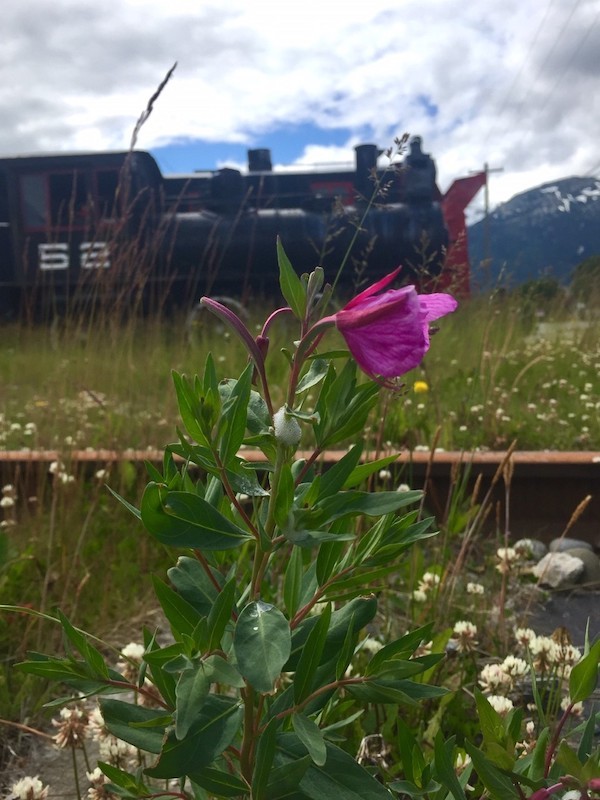
By the time I finished this entry, proofread the draft and transformed it into a submission, the lilac blossoms had turned brown and dry. Fireweed, another sign of the summer’s arrival and quick departure, has bloomed in the meantime. I’ll confess, this entry has taken much longer than usual to write. It’s hard to explain why it’s taken so long, except to say that endings are hard. And that I want to capture every moment I have left at this post, in this town, with these people – I want to take those moments and distill them down into something that I can save and share. And not just of the work I’ve done, which I’ve enjoyed immensely, and not just of the accomplishments I can embellish my Federal Resume with, though there are many.
Many a beautiful or joyful moment spent with coworkers and neighbors alike has happened here, in the heart of this town, which is cradled in the Park’s Historic District. The community that envelops this Park reflects the best of the Park itself – it’s wonderful, welcoming, hardworking, and – in the best way possible – deeply weird. Since 2018 I have been a member of this community and have been grateful for all of the adventure, joy, and support it has provided me. In a small way, I hope that the work I accomplished at KLGO helps to pay some of it back to the community as we each go our separate ways into the future.
As I’ve completed exit paperwork and reflected on my term here, I’ve also reflected on how the work I’ve done supports the NPS Mission:
“The National Park Service preserves unimpaired the natural and cultural resources and
values of the National Park System for the enjoyment, education, and inspiration of this
and future generations. The Park Service cooperates with partners to extend the benefits
of natural and cultural resource conservation and outdoor recreation throughout this
country and the world.”
It has been an honor to work with NPS in Skagway and I am grateful, especially, for the guidance and training I’ve gained amongst some wildly talented and knowledgeable folks. I feel lucky I was able to help them contribute to the care and keeping of cultural and natural resources here at Klondike Gold Rush National Historical Park, even in this small way, even for this brief moment.
